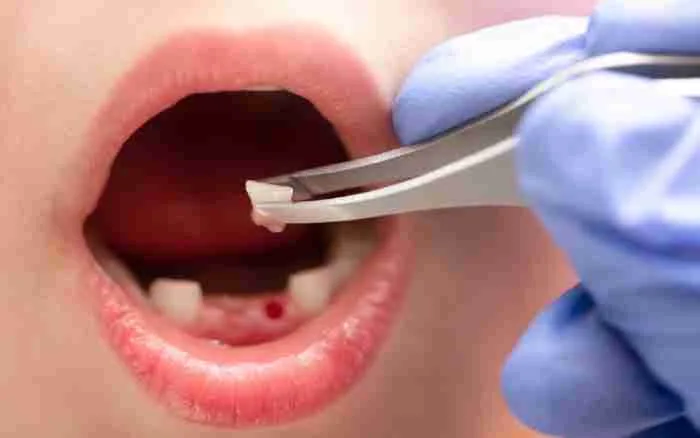Dental accidents can be alarming, and knowing what to expect can make a stressful situation more manageable. When you face a dental injury or sudden pain, understanding the steps a dentist might take provides clarity. Emergency dental care focuses on addressing immediate issues like pain, infection, or trauma to prevent further complications. Different situations require specific procedures, from saving a lost tooth to treating a severe infection. This guide explains some common procedures you might encounter during a dental emergency.
Knocked-Out Tooth
Losing a permanent tooth due to an accident requires prompt attention. A dentist’s primary goal is to save the natural tooth if possible. The procedure for re-implanting a knocked-out tooth, known as an avulsed tooth, depends on how quickly you get to a dental office. The dentist will first clean the tooth and the socket with a gentle solution.
After cleaning the area, the dentist will attempt to place the tooth back into its socket. To keep the tooth stable while it heals, it will be splinted to the neighboring teeth. This splint acts like a cast, holding the tooth in place so the ligaments can reattach. Follow-up appointments will be scheduled to monitor the healing process and check the tooth’s health.
Broken Tooth
A chipped or broken tooth can range from a minor cosmetic issue to a severe fracture exposing the tooth’s inner pulp. Here’s how a dentist might treat it:
- For a small chip: The dentist may smooth the rough edge or repair it with a tooth-colored filling material. This procedure, called dental bonding, restores the tooth’s shape and function in a single visit.
- For a larger break: A dental crown may be necessary to protect the remaining tooth structure. A crown is a custom-made cap that covers the entire tooth, strengthening it and restoring its appearance.
- If the break exposes the pulp: A root canal treatment might be performed to remove the damaged nerve tissue before the crown is placed.
Dental Abscess
A dental abscess is a pocket of pus that forms due to a bacterial infection in the tooth’s root or the gums. This condition can cause intense pain and swelling, requiring immediate emergency dental care to drain the infection. The primary procedure for treating an abscess is incision and drainage. A dentist will make a small cut in the gum tissue to allow the pus to drain, which provides immediate pain relief.
Following the drainage, further treatment is needed to address the source of the infection. A root canal is often performed to remove the infected pulp from within the tooth. In some cases, where the tooth cannot be saved, an extraction may be the necessary course of action. Your dentist will determine the appropriate steps to resolve the infection completely.
Get Emergency Dental Care
Understanding these common procedures can help you feel more prepared if you experience a dental emergency. Quick action often leads to better outcomes, whether you are dealing with a knocked-out tooth, a fracture, or a painful abscess. A dentist can provide the necessary treatment to relieve pain, address the underlying problem, and help you protect your oral health. If you are experiencing a dental emergency, contact a dental professional to receive the care you need. They can assess your situation and guide you through the correct treatment path.
Social Sharing
Your Content Goes Here
Latest Posts





